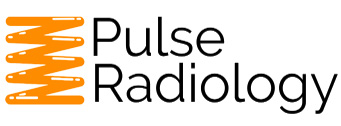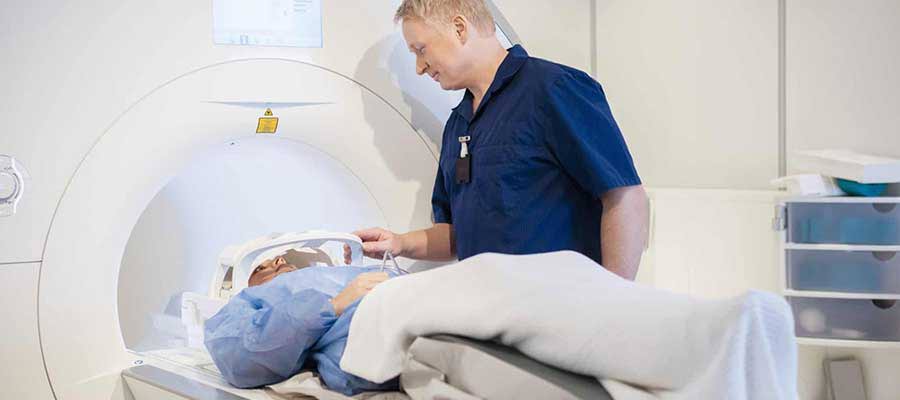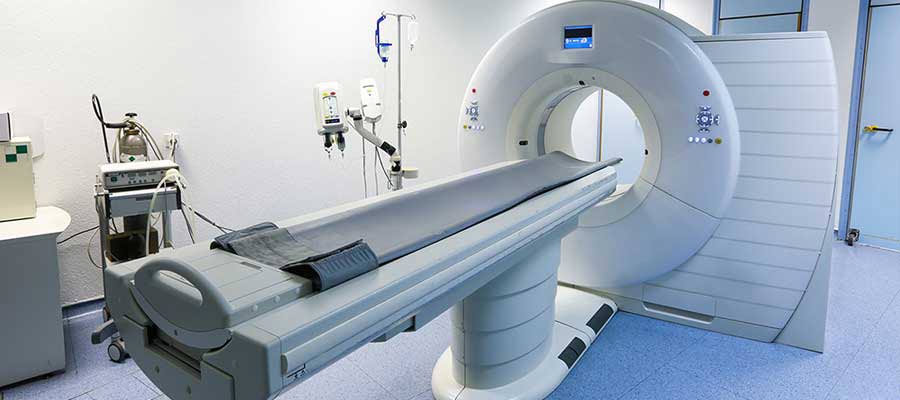MRI Tech Programs in Madison SD
If you are searching around to get more details on MRI Tech Programs Madison SD, you are on the right path. Pulse Radiology Education is the #1 option for those seeking to become a Radiology Theologie. Our Online MRI, CT, and Mammography Structured Education courses is the quality of education employers want for today…
MRI Program in Madison SD
There’re hundreds of reasons why career minded people should consider a career in the healthcare industry. One huge myth about employment in the healthcare industry is that you will be seeing blood. The truth is that less than 9% of individuals employed in the medical industry do that. Anybody looking for a high pay job in the medical industry and don’t want to deal with blood should consider becoming an MRI technologist in Madison SD. And when it comes to MRI tech courses in Madison SD, Pulse Radiology Education is your best option, especially if you’re looking for MRI courses in Madison SD. However before you make the call there are many options you need to consider. Here is what you ought to know about going with MRI technologist as your career.
MRI Tech School in Madison SD
Are you contemplating going with MRI technologist as a career? In that case, then you’ll need to know how to become one, what is the salary and where they work. Let’s quickly look at those.
How To Be An MRI Technologist – Most techs study to become qualified. The field they study is radiology or some other related field. Following that, they advance their education for an additional 1-2 years, studying towards obtaining an MRI tech certification in Madison SD prior to applying for positions as an MRI tech. In most cases, it can take up to three years to get allowed to serve as an MRI technologist.
MRI Tech Salary in Madison SD
Salary – Among the finest things about becoming an MRI technologist is the income. You have the opportunity to earn good money. With that said, the normal salary for any MRI tech is just about $70,000 each year. Keep in mind that what a technologist will receive depends upon various factors. This includes what facility they work in, the area they work in and the amount of experience they may have. The great thing is they are very popular and the earning potential is great.
Where Can They Be Employed – MRI technologists in Madison SD operate in various settings, including hospitals, labs, and doctor’s offices. Additionally they are employed at diagnostic imaging centers, and mobile radiology units. These are simply a few samples of where they work. Also, they work in many cities, towns, and regions across the country. In most cases, they are able to work in other countries too. Once you become an MRI tech, then you’ll have a talent that is in high demand, which enables you to grow your chances of receiving a job.
In relation to chosing MRI technologist for a career, you will have a amount of paths you can take. As we discussed, they receive money decent money. They also work in various settings. Remember that if you or your friends are searching for MRI certification in Madison SD, consider Pulse Radiology. Especially if you’re searching for MRI schools in Madison SD. We provide a wide range of options for financial assistance and flexible online courses. If you need more information, we ask that you call us or browse our MRI & CT training blog.



